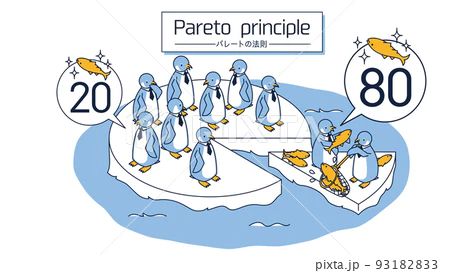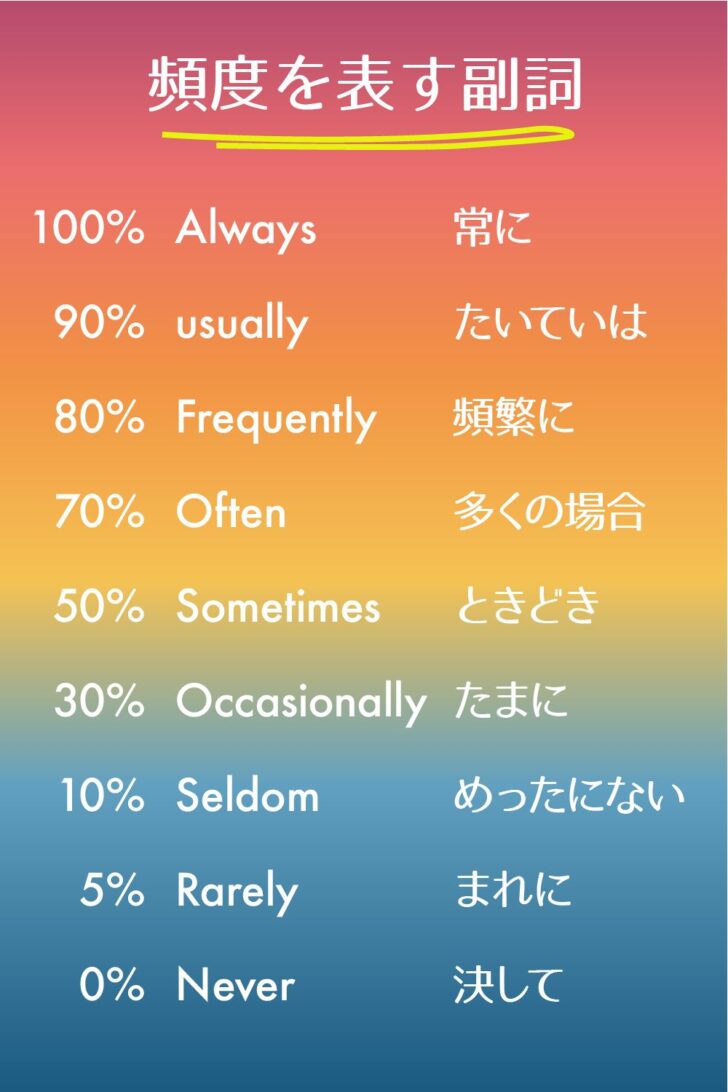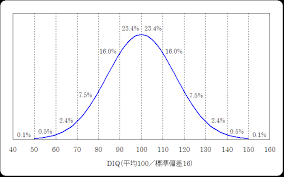行動心理士アドバイザーやまひろの一言:鼻を触る仕草の隠された心理
皆さん、こんにちは!行動心理士アドバイザーのやまひろです。
今日は、日常で何気なく見かける「鼻を触る」という仕草に隠された心理について、詳しく解説していきたいと思います。
鼻は、私たちが呼吸をしたり、匂いを感じたりするための重要な器官です。しかし、鼻を触るという行為は、これらの本来の機能とは全く関係がありません。実は、この行動には、私たちの深層心理が反映されていることが多いのです。
鼻を触る仕草に共通する心理:緊張状態
鼻を触る仕草をする人の多くは、何らかの緊張状態にあると言えます。緊張すると、交感神経が活発になり、心拍数が上がったり、発汗したりするなどの身体的な変化が起こります。同時に、鼻の粘膜がわずかに膨張し、むず痒さや違和感を感じることがあります。これが、鼻を触るという行動に繋がるのです。
鼻を触る仕草に見られる男女差
興味深いことに、鼻を触る仕草には、男女で異なる心理的背景が見られることがあります。
- 男性の場合: 緊張を緩和するために行う傾向があります。男性は、女性に比べて嘘や感情を隠すのが苦手な傾向があるため、緊張状態に陥ると、そのストレスを解消するために無意識に鼻を触ってしまうことがあります。
- 女性の場合: いら立ちや不満を感じている時に鼻を触る傾向があります。女性は、感情を直接的に表現するよりも、仕草や表情で表現することが多いため、鼻を触るという行動に、抑圧された感情が表れていると考えられます。
具体的な心理状態とそのサイン
鼻を触る仕草には、以下のような心理状態が隠されている可能性があります。
- 嘘をついている
嘘をつく時は、相手に嘘を見破られないようにしようと、緊張感が高まります。この緊張状態が、鼻を触るという仕草に現れることがあります。また、鼻を隠すことで、表情を読み取られにくくするという心理も働いている可能性があります。
- 言いたいことがある
言いたいことがあるけれど、なかなか切り出せない、または言いにくい状況にいる時にも、緊張状態に陥り、鼻を触ってしまうことがあります。相手が何か言いたげに鼻を触っていることに気づいたら、「何か話したいことでもあるの?」と優しく声をかけてあげると、相手は心を開いてくれるかもしれません。
- 相手を気にしている
好きな人や気になる人、または上司など、相手を強く意識している時にも、緊張状態になり、鼻を触る仕草が現れることがあります。これは、相手に好印象を与えたい、または失礼なことをしてはいけないという心理が働いているためと考えられます。
その他の心理状態
- 不安や恐怖を感じている
- 自信がない
- 退屈している
- 集中力を欠いている
これらの心理状態も、鼻を触る仕草を引き起こす可能性があります。
重要なポイント
鼻を触るという仕草だけで、その人の心理状態を断定することはできません。しかし、他の非言語的なサイン(表情、視線、身振りなど)と合わせて観察することで、より深く相手の心理を読み解くことができるでしょう。
まとめ
鼻を触るという何気ない仕草にも、様々な心理が隠されていることがお分かりいただけたでしょうか?相手の行動を注意深く観察することで、その人の気持ちや考えを理解するヒントを得ることができるかもしれません。
行動心理を理解することは、良好な人間関係を築く上で非常に役立ちます。ぜひ、今回の内容を参考に、周りの人の行動を観察してみてください。新たな発見があるかもしれません。
行動心理士アドバイザー やまひろ
※ご注意 これは一般的な傾向であり、必ずしもすべての人に当てはまるわけではありません。個々の状況や性格によって、行動の意味は異なる可能性があります。
A Word from Behavioral Psychology Advisor Yamahiro: The Hidden Meaning Behind Touching Your Nose
Hello everyone! This is Yamahiro, your behavioral psychology advisor.
Today, let’s delve into the hidden psychology behind the seemingly insignificant act of “touching one’s nose,” a gesture we often observe in our daily lives.
The nose is a vital organ, responsible for breathing and our sense of smell. However, the act of touching it has no relation to these primary functions. In fact, this action often reflects our subconscious thoughts and feelings.
The Common Psychological State Behind Nose Touching: Nervousness
Most people who touch their noses are experiencing some level of nervousness. When we are nervous, our sympathetic nervous system activates, leading to physical changes such as an increased heart rate and perspiration. Simultaneously, the nasal mucosa slightly swells, causing a ticklish or uncomfortable sensation. This discomfort often leads to the act of touching the nose.
Gender Differences in Nose Touching
Interestingly, there are differences in the psychological motivations behind nose touching between men and women.
- Men: Tend to touch their noses to alleviate nervousness. Men are generally less adept at concealing lies or emotions compared to women. When feeling nervous, they may subconsciously touch their noses to relieve stress.
- Women: Tend to touch their noses when feeling irritated or frustrated. Women are more likely to express emotions through gestures and facial expressions rather than direct verbalization. Therefore, touching their nose may reflect suppressed emotions.
Specific Psychological States and Their Signs
Touching the nose can indicate the following psychological states:
-
Lying
When lying, people become tense as they try to avoid getting caught. This tension can manifest in the act of touching their nose. Additionally, covering the nose can make it harder for others to read their facial expressions, serving as a subconscious defense mechanism.
-
Having something to say
When someone has something to say but finds it difficult to express or the situation is not conducive to speaking, they may also become nervous and touch their nose. If you notice someone touching their nose and seemingly hesitant to speak, gently asking, “Do you have something you’d like to say?” might encourage them to open up.
-
Being conscious of someone
When someone is highly conscious of another person, such as someone they admire, are attracted to, or an authority figure, they may become nervous and touch their nose. This is likely due to a desire to make a good impression or avoid any perceived impropriety.
Other Possible Psychological States
- Feeling anxious or fearful
- Lacking confidence
- Feeling bored
- Having difficulty concentrating
These psychological states can also lead to nose touching.
Important Note
It’s crucial to remember that nose touching alone cannot definitively determine someone’s psychological state. However, observing this gesture in conjunction with other non-verbal cues (facial expressions, gaze, body language, etc.) can provide a deeper understanding of their thoughts and feelings.
In Conclusion
As we have explored, the seemingly simple act of touching one’s nose can hold various psychological meanings. By carefully observing others’ actions, we can gain valuable insights into their emotions and intentions.
Understanding behavioral psychology is immensely beneficial for building and maintaining positive relationships. Let’s use this knowledge to observe those around us and discover new perspectives!
Behavioral Psychology Advisor, Yamahiro
Disclaimer: These are general tendencies and may not apply to everyone. The meaning of any behavior can vary depending on individual circumstances and personality.









